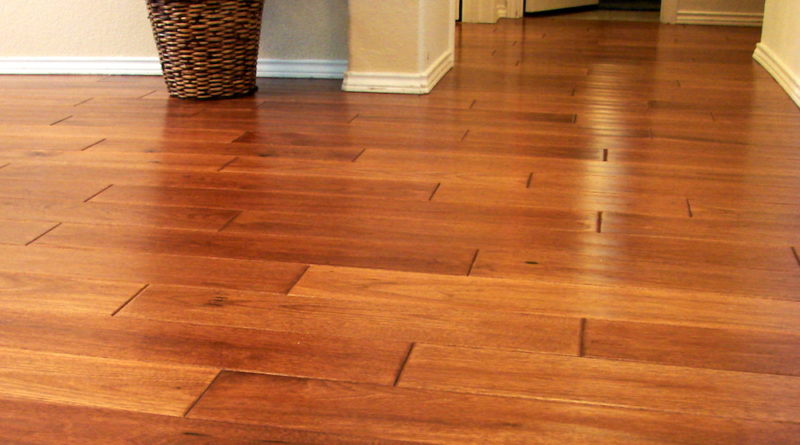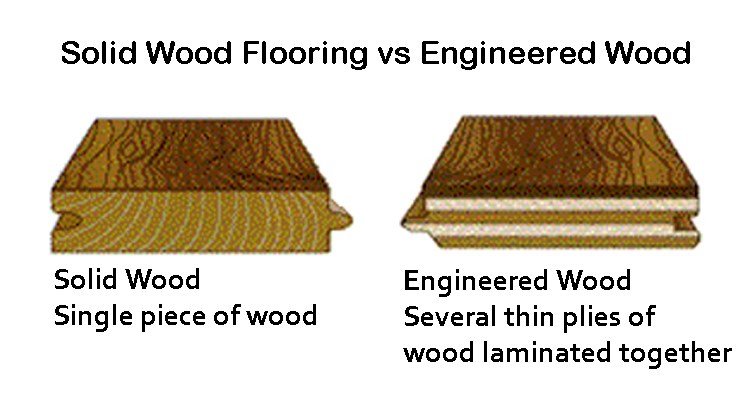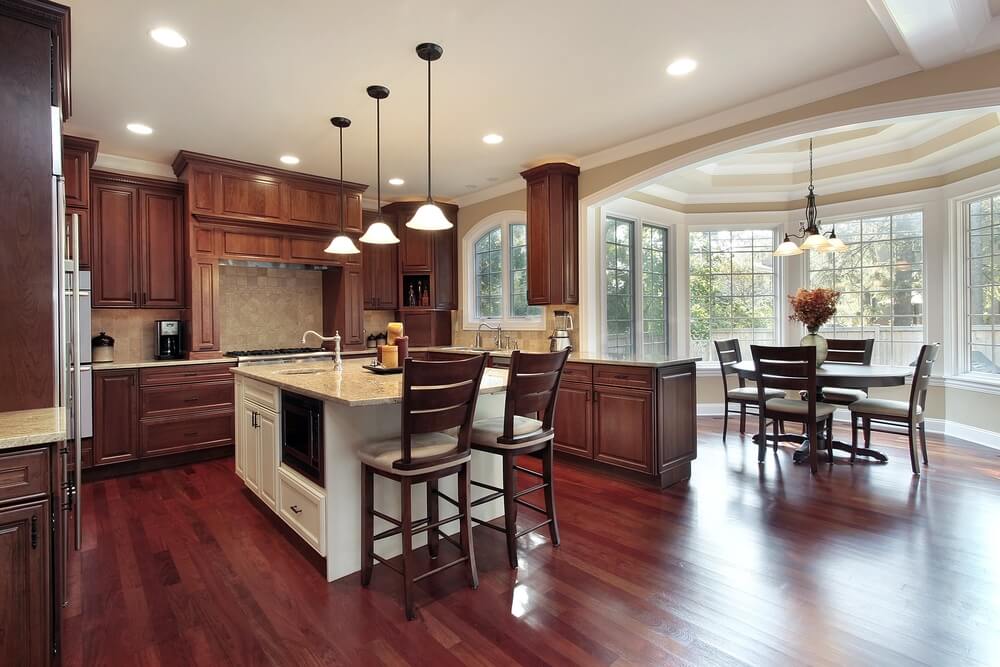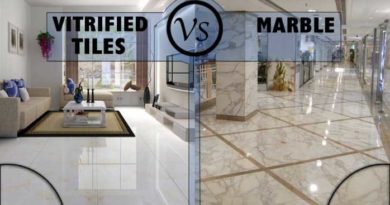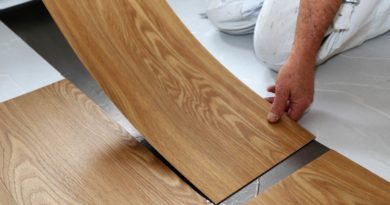HARDWOOD FLOORING | An Architect Explains
Wooden flooring has been and still is, a popular choice for homeowners, because of its warm and natural appearance, ease in laying and durability. It is the best choice if you want to change an existing flooring without much fuss, as it can be laid on top of the floor just like a carpet. Unlike a carpet, it is easier to maintain and is allergy free. There are different types of wooden floors, however the best is hardwood flooring because it is made from real hardwood which lasts long, looks real and has natural warmth and takes good polish.

Hardwood has both advantages and disadvantages. It is useful to know the characteristics of Hardwood, its usability and suitability as a flooring option. As an Architect, I have described Hardwood along with it’s features under the following headings so that you can decide whether it is suited for your requirement and your space:
What are the types of hardwood flooring?
What are the different styles of hardwood flooring?
What are the advantages of hardwod flooring?
What are the disadvantages of hardwood flooring?
Where is hardwood flooring best suited?
WHAT ARE THE TYPES OF HARDWOOD FLOORING?
There are two types of wood floors available on the market today: Solid and Engineered.
SOLID WOOD FLOORING: uses solid pieces of wood from top to bottom. The thickness of solid wood flooring varies from ¾” to 5/16”. One of the many benefits of solid wood flooring is that it can be sanded and refinished many times.
ENGINEERED WOOD FLOORING: is made up of layers of wood that are pressed and glued together with only the top layer made of high-quality wood. In this type of flooring, sanding and finishing cannot be done as many times as solid wood flooring as the top layer is thin.
WHAT ARE THE DIFFERENT STYLES OF HARDWOOD FLOORING?
- There are essentially three different styles of hardwood flooring: Strip, Parquet and Plank.
STRIP: The Strip flooring also known as linear flooring consists of thin strips, 1.5″ to 2.25″ wide. This particular flooring creates an illusion of space. - PLANK: The Plank hardwood flooring is similar to linear flooring, but has wider planks – 3″ to 6″ wide. The disadvantage of planks is that they warp more than thinner strips.
- PARQUET: Parquet is a geometric mosaic of wood pieces used for decorative effect. This flooring consists of small wood pieces approximately 5/16″ thick, glued together in a repeating pattern on sheets 2′ by 2′ with a linen mesh backing or a removable paper facing.

WHAT ARE THE ADVANTAGES OF HARDWOOD FLOORING?
- Durable: especially hardwood like oak, walnut etc and will not get easily dented or scratched.
- Maintenance and colour permanence: It is very easy to maintain and clean because stains and dirt do not stick to it. The colour in the hardwood floor will remain for a long time.
- Appearance: Hardwood provides warmth to a space.
- Versatile: can be used with any type of décor or style.
- Wide variety and choice: expensive hard woods such as walnut, cherry, or oak or cheaper options like pinewood.
- Allergy free: For people with allergies, hardwood floor is the best option.
- Natural grains: No two hardwood floors are exactly alike because they have different natural grain patterns.
- Laying and setting time: Hardwood flooring does not require a specially prepared substrate or setting time.
- Re-polishing: If you are tired of the colour, you can sand and refinish the floor in another colour.
- Add value to house: When you decide to sell your home, hardwood floors will increase the value of your home.
WHAT ARE THE DISADVANTAGES OF HARDWOOD FLOORING?
- Expensive: because only natural wood is used.
- Professional laying: Hardwood flooring is time-consuming to install since it has to be laid in strips, by a professional.
- Regular waxing and care: Over time hardwood flooring will lose its shine, requiring waxing by a special machine.
- Slippery: Hardwood flooring can be slippery, making it dangerous to walk with socks.
- Affected by humidity: Humidity and moisture can cause the wood to deteriorate rapidly.
- Denting: Softer woods, such as pine may dent easily and are difficult to repair.
- Shrinking, warping: Hardwood in all probability will shrink and expand creating gaps.
- Noisy: Walking on hardwood floors with shoes can be noisy.
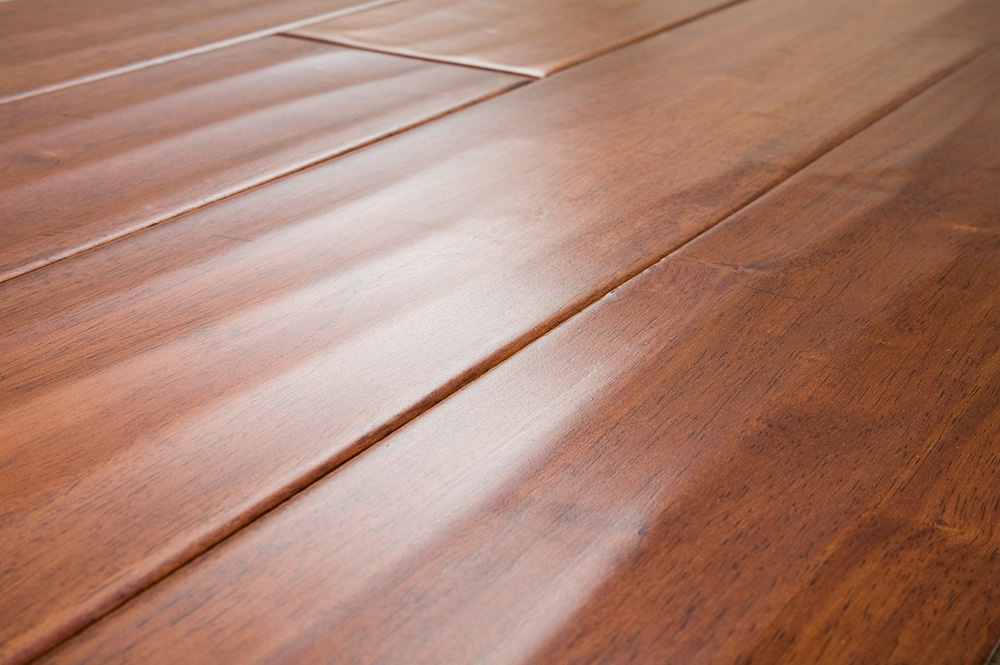
WHERE IS HARDWOOD FLOORING BEST SUITED?
Hardwood flooring has so many advantages- it adds warmth to a space, is anti-allergic, can be refinished, is a natural material and adds value to a home. Therefore it has been used for centuries in homes. However, it is expensive and affected by moisture. Cheaper and more environmentally friendly options are Bamboo flooring, Engineered flooring and laminate flooring.
For information on other flooring options, go to:
- Flooring | Natural Material Options
- Flooring | Man-made Material Options
- Flooring | Resilient Material Options
READ MORE:
In order to get a rough idea of the suitability of a particular flooring for your requirement and to make a fair comparison of the different types of flooring, refer to an Architect’s rating of the various kinds of flooring on my blog: House construction in India
If you found this post useful, all it takes is a simple click on the “pin it” “like,” “share,” “tweet,” or Google+ buttons below the post.

